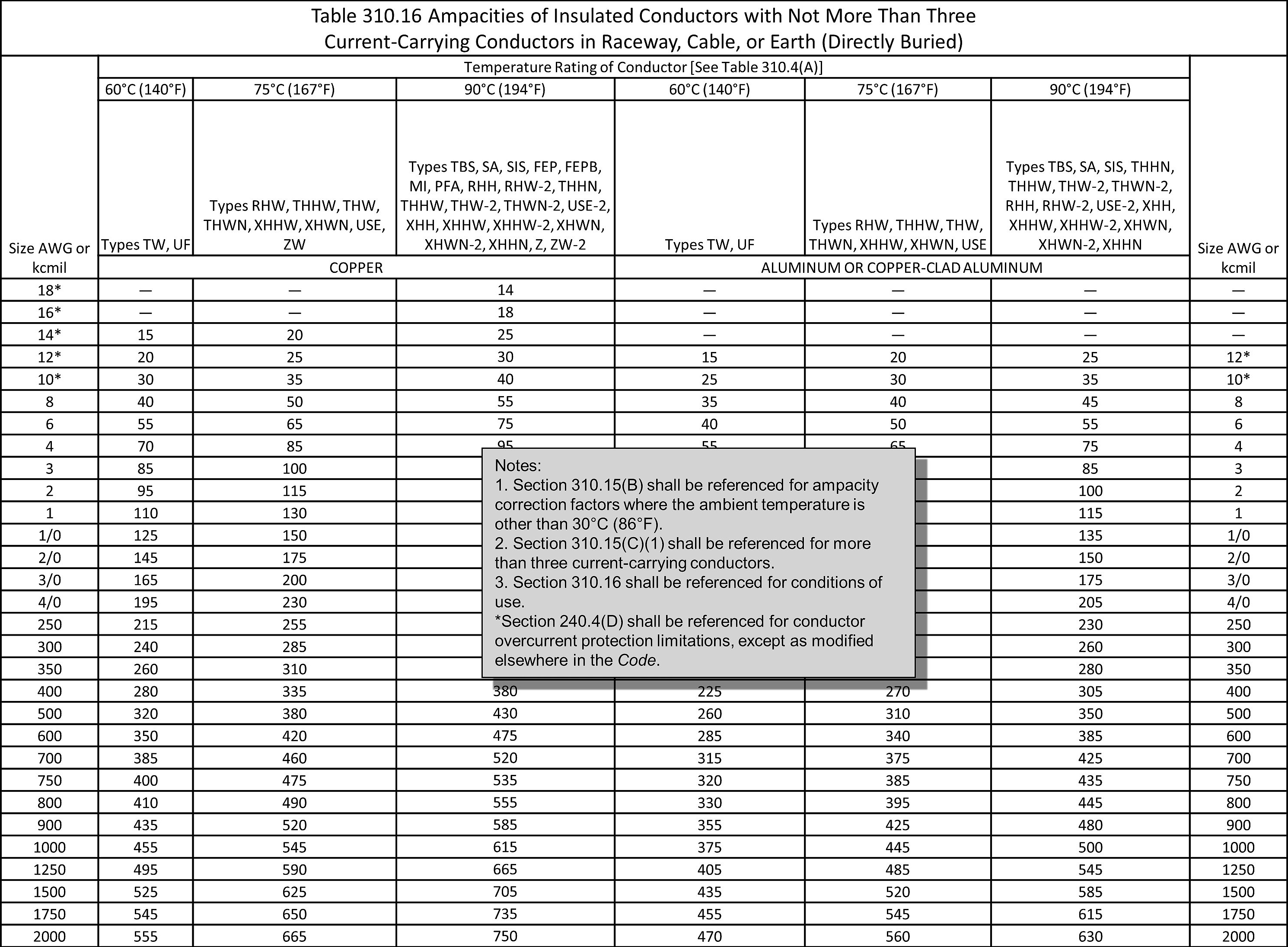Table 310-16 is one of the most crucial tables in the National Electric Code, providing guidelines for ampacity calculations. As an electrician or electrical engineer, knowing how to use Table 310-16 is essential for ensuring safety and compliance in electrical installations. In this blog post, we'll take a deep dive into the world of Table 310-16 and its significance in the electrical industry.
The Pain Points of Table 310-16
Although Table 310-16 is an essential tool, it can be complicated to understand for those who are not familiar with electrical systems. This is especially true for those who are just starting their career in the field or for DIY enthusiasts handling their own electrical installation. Additionally, changes in electrical code updates can make it difficult to stay up to date on the latest guidelines provided by the table. However, understanding how to use Table 310-16 is important to ensure electrical safety.
The Target of Table 310-16
The target of Table 310-16 is to provide guidelines for calculating the allowable ampacity of a conductor based on its type, insulation, and conditions of use. According to the table, ampacity refers to the maximum amount of electrical current that a conductor can carry before it becomes unsafe or overheated.
Main Points of Table 310-16
To effectively use Table 310-16, you must have an understanding of conductor types, temperature ratings, and the National Electric Code. Conductors are classified by their diameter, construction, and insulation types. Temperature ratings are also a crucial factor in determining ampacity, and every conductor has a specific temperature rating. The National Electric Code is regularly updated, with changes that may affect how you use Table 310-16.
The Target of Table 310-16 and Personal Experience
The target of Table 310-16 is to provide guidelines for calculating the maximum allowable ampacity of a conductor for various electrical applications. Personally, as an electrical engineer, Table 310-16 has been a critical tool for me in designing and implementing safe and efficient electrical systems. The table provides guidelines for selecting the appropriate conductor size for a specific application, ensuring compliance with electrical codes and regulations.
As an apprentice electrician, I remember struggling to understand Table 310-16's complex calculations. However, with time and experience, I gained a better understanding of the table and learned how to use it successfully to calculate conductor sizes for various applications.
How to Use Table 310-16
Using Table 310-16 involves several steps, including determining the conductor size, understanding the insulation type and temperature rating, and checking for current-carrying capacity and voltage drops. It is essential to ensure compliance with the National Electrical Code and keep up to date on updates and changes to the Code.
For instance, Table 310-16 requires that you determine the maximum rated conductor temperature for every wire in different applications, among other vital guidelines. You will also need to determine the type of conductor insulation and its maximum current-carrying capacity. This helps to ensure that the wire is the correct size, preventing overheating.
Things to Keep in Mind While Using Table 310-16
While using Table 310-16, it is essential to keep in mind that it is only one part of the complete formula for calculating the correct conductor size, including factors such as ambient temperature, conduit size, conductor length, and more. Additionally, Table 310-16 doesn't account for voltage drops, which may result in a wire heating up and leading to issues such as electrical fires.
The Importance of Understanding Table 310-16
Understanding how to use Table 310-16 is essential for ensuring safe and efficient electrical systems. When selecting the appropriate conductor size for a specific application, using the correct information from Table 310-16 can significantly reduce the risk of electrical hazards associated with overheating and electrical fires.
Question and Answer
Q: What is Table 310-16?
A: Table 310-16 is a crucial table in the National Electric Code that provides guidelines for ampacity calculations for various conductor types and insulation conditions.
Q: What is ampacity?
A: Ampacity is the maximum amount of electrical current that a conductor can carry before it overheats or becomes unsafe.
Q: Why is Table 310-16 important?
A: Table 310-16 is essential because it ensures that the conductor size is adequate for the electrical application and prevents electrical hazards caused by overheating and electrical fires.
Q: What other factors should I consider when using Table 310-16?
A: Factors to consider when using Table 310-16 include ambient temperature, conductor length and size, conduit size, and voltage drops.
Conclusion
Table 310-16 is a crucial tool for electricians and electrical engineers, providing guidelines for ampacity calculations to ensure electrical system safety and efficiency. Using Table 310-16 requires an understanding of conductor types, temperature ratings, and the National Electric Code. Regular updates to the Code may require regular familiarization with updates. Although the table can be complex, it is essential to successfully use Table 310-16 and ensure electrical safety.
Gallery
NEC 310-16 TABLE EBOOK DOWNLOAD
Photo Credit by: bing.com / table nec 310 16 ampacity code motor national amps amp load chart cable wire electric breaker largest main service gauge
How To Calculate A Cable’s Size - Quora
Photo Credit by: bing.com / 310 16 wire nec table size cable chart ampacity allowable rating gauge 3ccc raceway calculate brilliant
Ampacity Based Table 310.16 | Mike Holt's Forum

Photo Credit by: bing.com / 310 16 table ampacity based holt mike mikeholt
National Electric Code Table 310 16

Photo Credit by: bing.com /
NEC2008 Table 310.16

Photo Credit by: bing.com / 310